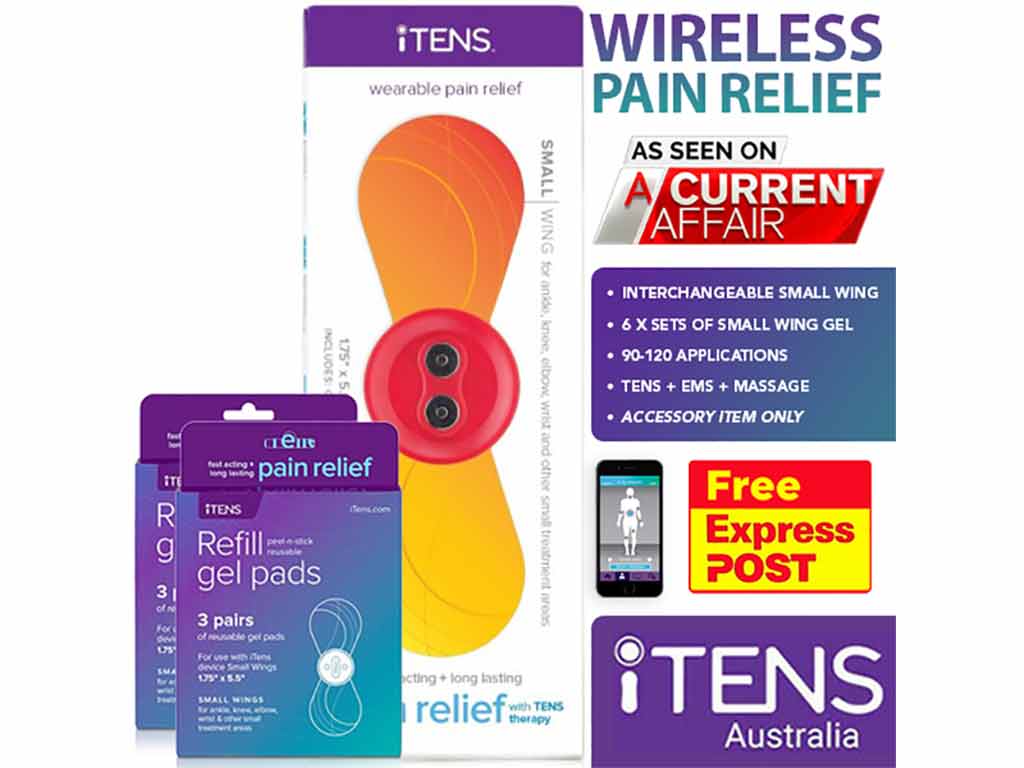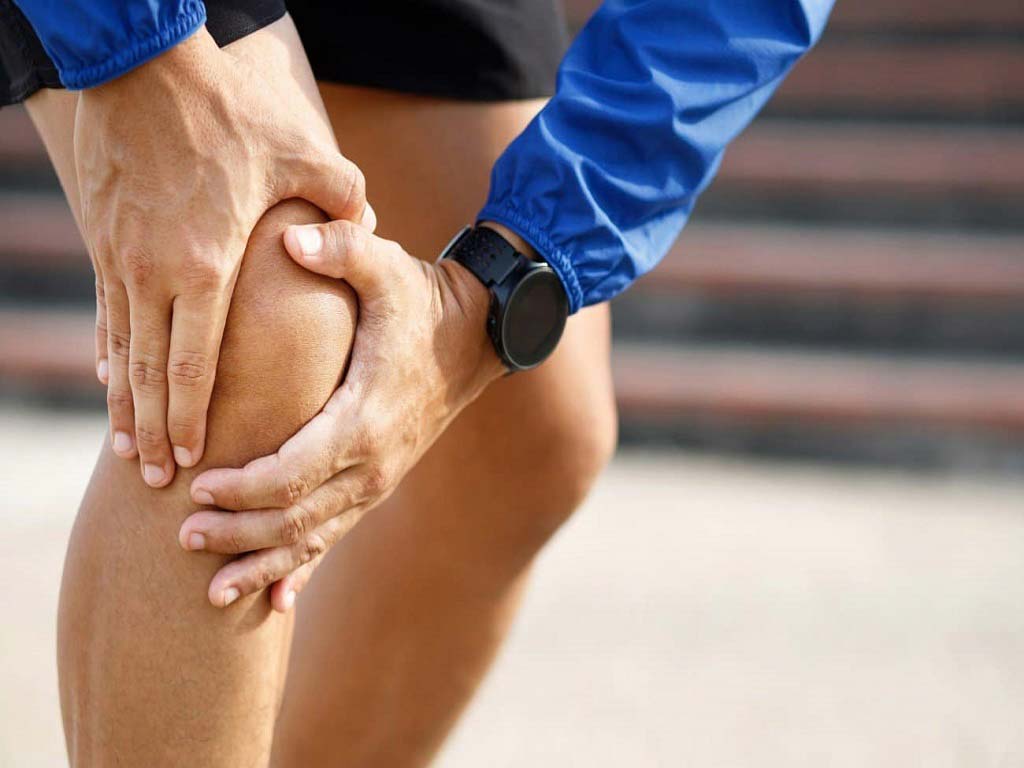
Knee swelling is a common issue that results from trauma, overuse injuries, or an underlying disease or condition. It can cause stiffness and pain for the person experiencing it. One of the ways to manage pain and discomfort is Transcutaneous Electrical Nerve Stimulation (TENS). A TENS unit for knee swelling can also help increase circulation and enhance tissue healing. Users have to control the frequency and intensity of the electrical impulses to attain optimal knee pain relief.
A swollen knee is the result of fluid buildup in or around the knee joint. Sprains, strains or inflammatory conditions like arthritis and bursitis also contribute to chronic knee pain. Regardless of the cause, managing knee swelling is essential for reducing pain and improving mobility. Hence, a TENS unit offers a drug-free and non-invasive method of pain relief. In this complete guide, we will explore the mechanisms behind how TENS works, how to operate the device and safety guidelines.
Mechanisms of Action Behind TENS Unit for Knee Swelling
There are several mechanisms of action in which a TENS unit for knee swelling works. Mainly, the device produces low electrical pulses and delivers them through electrodes placed on the skin. These pulses help to disrupt or block the transmission of pain signals to the brain. This is based on the Gate Control Theory, wherein certain nerve fibres in the spinal cord act as gates, allowing pain signals to pass through.
Additionally, TENS units can also stimulate the production of endorphins, the natural painkillers of the body. Endorphins reduce pain perception and promote a sense of well-being. By using a TENS machine for knee pain, users can experience pain relief without the need for medication.
Moreover, the mild pulses from a TENS unit boost blood circulation. As a result, the enhanced muscle blood flow reduces swelling and promotes the recovery of damaged tissues in the area. Overall, the treatment outcomes of TENS minimise the inflammatory processes and relieve pain. It can also be used with other pain relief methods, such as physical therapy, massage therapy, or cold compression dressings.
Benefits of Using TENS
- TENS provides drug-free pain relief for chronic or acute knee pains through electrical stimulation. The absence of medications does not pose adverse effects to individuals.
- Reduces swelling and discomfort after medical procedures like knee replacement and arthroscopic knee surgery.
- Promotes circulation, connective tissue healing, and tissue proliferation.
- Provides non-invasive relief for patients with knee osteoarthritis pain, improving knee mechanics and muscle activity in the process.
- Improves muscle strength and flexibility around the knee, aiding in rehabilitation and recovery.
- Helps restore functional mobility and balance in patients, ultimately improving the quality of life.
- TENS can be used at home for convenient pain management.

How to Use a TENS Unit for Knee Swelling
Using a TENS unit for knee swelling is a simple process. The device has a control unit that allows users to adjust the frequency and intensity of the electrical stimulation. To start the therapy, place the electrode pads on or near the pain site. Ensure that the pads are firmly in place before turning on the machine.
Next, turn on the TENS unit and adjust the frequency and duration of the electrical impulses. For acute pain, such as an injury or post-operative pain, the ideal setting is high-frequency (50-130 Hz). On the other hand, for chronic pain, low-frequency (2-10 Hz) can be more suitable. Furthermore, start with a lower intensity level and gradually increase until the tingling sensations are strong but comfortable.
The treatment session typically lasts for 15 to 30 minutes. However, patients with knee swelling may use it multiple times as needed to maximise its positive effects. Remember to always follow the instructions provided by the unit or the recommendation of a healthcare professional.
Electrode Placement Guide
The electrode placement for a swollen knee is to place one pad above the kneecap and the other below. This positioning targets the muscles and tissues surrounding the joint, thereby reducing swelling in patients. If the pain radiates from the knee, use additional sets of electrodes below the buttocks or the calf.
In addition, keep the electrodes at least one inch apart to prevent overlapping of the electrical currents. It is also important to remember not to place the electrode pads directly over the kneecap. Other places to avoid are areas with skin irritation, cuts, or rashes.

Safety Considerations When Using a TENS Unit for Knee Swelling
While TENS is generally safe, there are some safety considerations to keep in mind when using a TENS unit for knee swelling. Firstly, it is essential to consult with a medical professional for proper advice. This is especially important for individuals with underlying health conditions like heart disease and epilepsy. They can also recommend the placement of electrodes and the appropriate electrical stimulation levels.
Secondly, avoid using the TENS unit at extremely high-intensity levels. The stimulation should be comfortable and not cause further pain. If the sensations are too strong, lower the intensity level immediately. Furthermore, never use a TENS unit while sleeping, driving, or operating heavy machinery.
Pregnant women should avoid using TENS units without consulting their healthcare provider. Do not place the TENS electrodes directly over the pregnant belly or abdomen. Lastly, avoid TENS treatment over the site of any previous surgery where internal metalwork, such as screws and metal implants, have been inserted. If unsure, consult a healthcare provider for guidance and to avoid effects.
When to See a Medical Professional?
It is crucial to consult a medical professional if there is a major trauma in the knee, such as fractures, dislocations, or ligament tears. This can be accompanied by a “popping” sound at the time of the injury, and there is pain when bearing weight.
Moreover, if the knee swelling is significant, sudden, or accompanied by redness, warmth, or fever, it is a sign to see a doctor. It may indicate a more serious issue that requires medical attention. Additionally, if the knee pain or swelling does not improve with TENS therapy or other conventional treatments, seek medical attention for further evaluation and management.
Conclusion
TENS therapy can be an effective tool for managing knee pain, such as inflammation and other discomfort. Individuals can use a TENS unit for knee swelling to help reduce pain and improve the range of motion. It can also be used to aid in the rehabilitation of knee injuries, such as an ACL tear. Moreover, it works using mild electrical pulses to stimulate the nerves to block pain signals and release endorphins.
Operating the TENS machine is relatively easy. It is important to identify the proper electrode placement and the frequency and intensity levels for optimal relief. It is crucial to seek medical attention if there is no improvement in swelling reduction. Individuals with underlying health conditions should also consult a doctor before starting TENS therapy. With proper usage and safety precautions, a TENS unit can help improve the quality of life in patients with knee osteoarthritis and other conditions.







